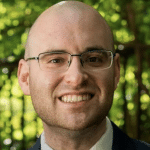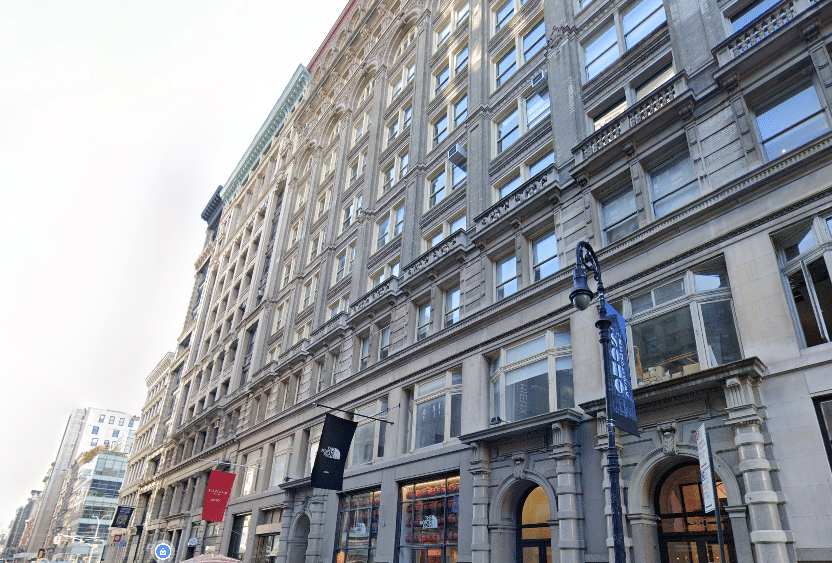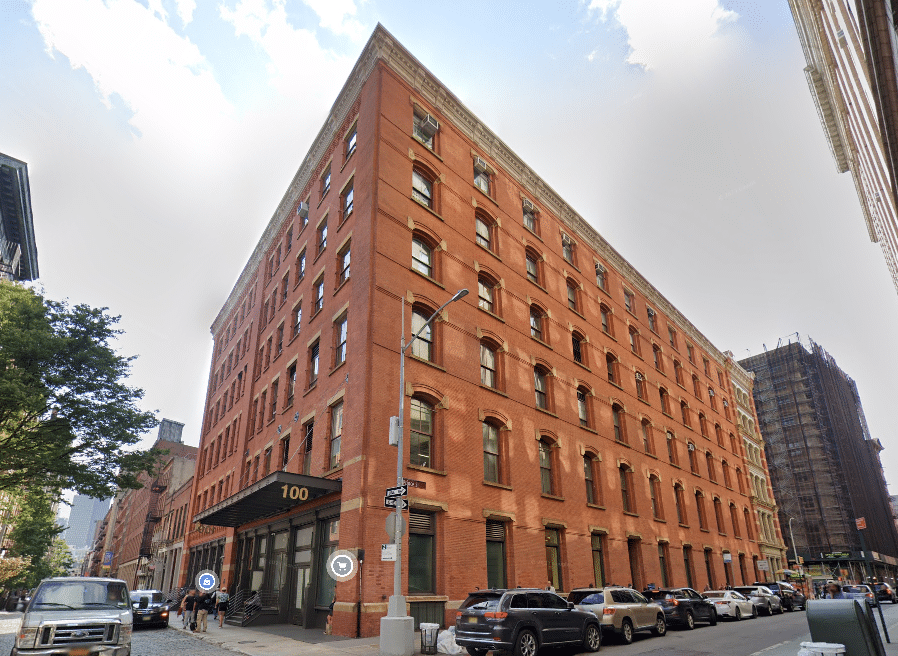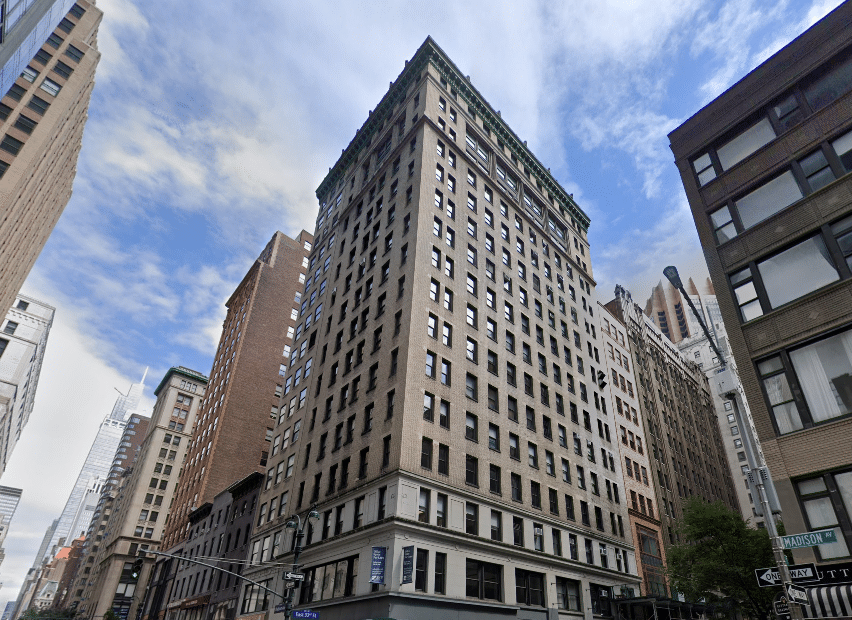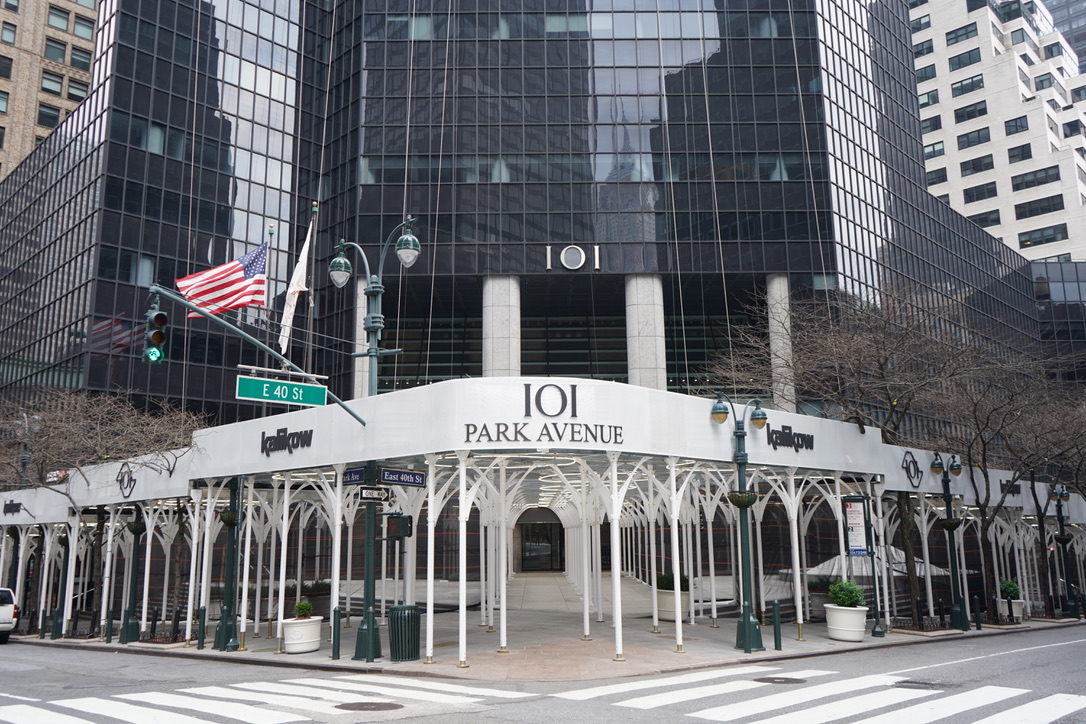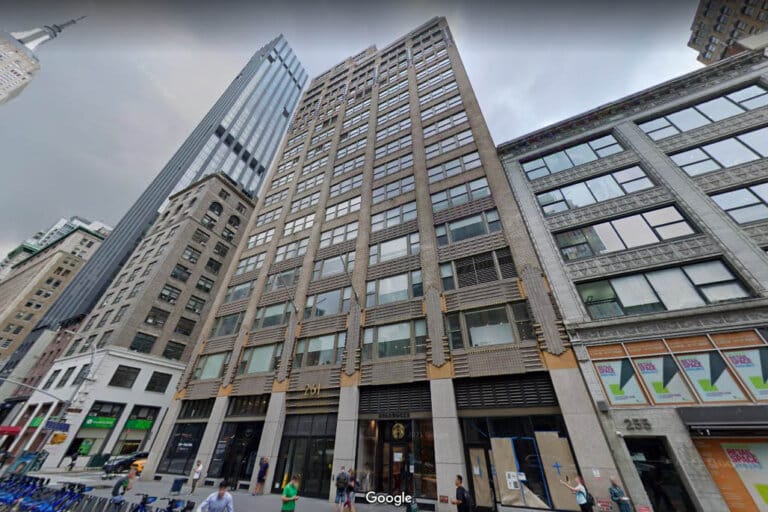The true crime documentary genre has gained tremendous popularity over the past couple of years. Thanks to Netflix series like Making a Murderer, true crime documentary series are now more in-demand than ever. Head over to Netflix, HBO, Amazon Prime, or any other streaming channel, and you’ll be overwhelmed with the multitude of true crime options. It’s indeed become a national obsession.
At this point, you might be wondering what true crime has to do with commercial real estate. It turns out, one of the most popular and successful series has a surprisingly strong connection to New York City real estate. We’re talking, of course, about The Jinx, a documentary series launched on HBO in 2015. The show focuses on ‘the life and deaths’ of Robert Durst, a NYC real estate millionaire with a (very) controversial past. Durst has been accused of murdering his wife, best friend, and neighbor, and he’s even admitted to one of these three crimes. So, what’s the story?
An unlikely heir to an NYC real estate empire
By now, you’ve probably made the connection between Robert Durst and the Durst Organization, one of the oldest real estate companies in New York City. Robert Durst is, in fact, the oldest son of Seymour Durst and the older brother of current Durst Org. CEO Douglas Durst.
The story of the Dursts began in 1902, when Joseph Durst, an immigrant from the Austro-Hungarian Empire, arrived in NYC with $3 in his pocket. He found work as a tailor and became a full partner in Durst & Rubin in 1912. He bought his first property in 1915, namely The Century Building at One West 34th Street, and followed up by acquiring the Temple Emanu-El at Fifth Avenue and 43rd Street in 1926. Over the next few years, Joseph Durst would gradually build an impressive real estate portfolio that included a residential building at Fifth Avenue and 85th Street, the Park Hill Theatre in Yonkers, and 205 East 42nd Street, which also housed the Durst Organization headquarters for a while.
During the 1950s, Durst started focusing on real estate development and completed various projects in Midtown Manhattan, including 200 East 42nd Street (now 655 Third Avenue). In 1963, the Durst family marked a significant milestone in NYC commercial real estate by fitting one of their office towers with a central air-conditioning unit, a first for the city.
Over the following years, the Durst Organization continued expanding its portfolio, constructing 825 Third Avenue, 1133 Avenue of the Americas, and 1155 Avenue of the Americas. Joseph’s son, Seymour Durst, took over the company in 1974 and was elected Chairman of the Real Estate Board of New York (REBNY) in 1978. He was succeeded by his son Douglas in 1992.
Douglas was not always meant to take over the Durst Organization, as his brother Robert was the oldest child. But Robert was reportedly a troubled child, and the two brothers never really saw eye to eye. In fact, they even went to counseling for sibling rivalry. Robert’s unconventional behavior led to Douglas’ appointment as company CEO, which caused a permanent break between Robert and the rest of the Durst family. He broke all ties with his family and did not even attend his father Seymour’s funeral.
‘The Jinx’ puts the Durst family in the spotlight
After Douglas Durst was appointed company CEO in 1992, Robert Durst disappeared from the limelight, and not much was known about his whereabouts over the following years. He’d had a tough life before this event, as his wife Kathie disappeared in 1982 and was never found. Many people quietly suspected Durst might have had something to do with Kathie’s disappearance but could never prove anything.
The Durst Organization, in the meantime, continued to expand. It completed Four Times Square in 1999, the first ‘green’ skyscraper in the U.S. It also completed the massive Bank of America Tower at One Bryant Park and co-developed the One World Trade Center alongside the Port Authority of New York and New Jersey. Douglas Durst, unlike his father, was never a fan of the spotlight and chose to let his actions and projects speak for him instead. However, in 2000, he would find himself and the Durst name sprawled all over the news.
In 2000, Robert Durst’s best friend Susan Berman was found dead at her Los Angeles home. Fearing that he might become a suspect, Durst moved to Galveston, Texas, where he rented a house and disguised himself as a woman to avoid being detected by police. He was arrested in 2001 for murdering his neighbor Morris Black and was shockingly acquitted on the grounds of self-defense. The deaths of Black and Berman placed Durst in the spotlight once again and piqued the interest of filmmaker Andrew Jarecki.
In 2015, Jarecki launched a six-part documentary series on HBO, dubbed The Jinx: The Life and Deaths of Robert Durst. The series focused on evidence linking Durst to the murder of Berman and the disappearance of his wife Kathie and featured extensive interviews with Robert Durst himself. The final episode caught Durst on tape talking to himself, unaware that he was still being recorded. He said to himself, ‘What the hell did I do? Killed them all, of course.’
A twist ending
Robert Durst was arrested just a few days before the airing of The Jinx finale. As it turns out, although he’d officially broken all ties to the Durst family, he’d continued to stalk members of his family, including his brother. Douglas Durst testified as a prosecution witness in June 2021, albeit under the threat of subpoena. When asked about his relationship with his brother, he explained: ‘He’d like to murder me; I hired security today. I have a fear that my brother has threatened to kill me, and I have a fear that he may have the means to do so.’ Douglas Durst had always been reluctant to speak publicly about his brother, as he feared it would tarnish the Durst family name.
Due to the Covid19 pandemic and various health issues experienced by Durst, Robert Durst’s trial has been postponed multiple times. In early 2021, authorities announced they would reopen the investigation into the disappearance of Durst’s first wife, Kathie. Durst is expected to take the stand this week in the Susan Berman trial.
Meanwhile, the Durst Organization continues to flourish under Douglas Durst’s leadership. Today, the company owns and manages over 13 million square feet of Class A Manhattan office space and retail space and close to 3 million square feet of residential space, with 2,500 apartments built.

